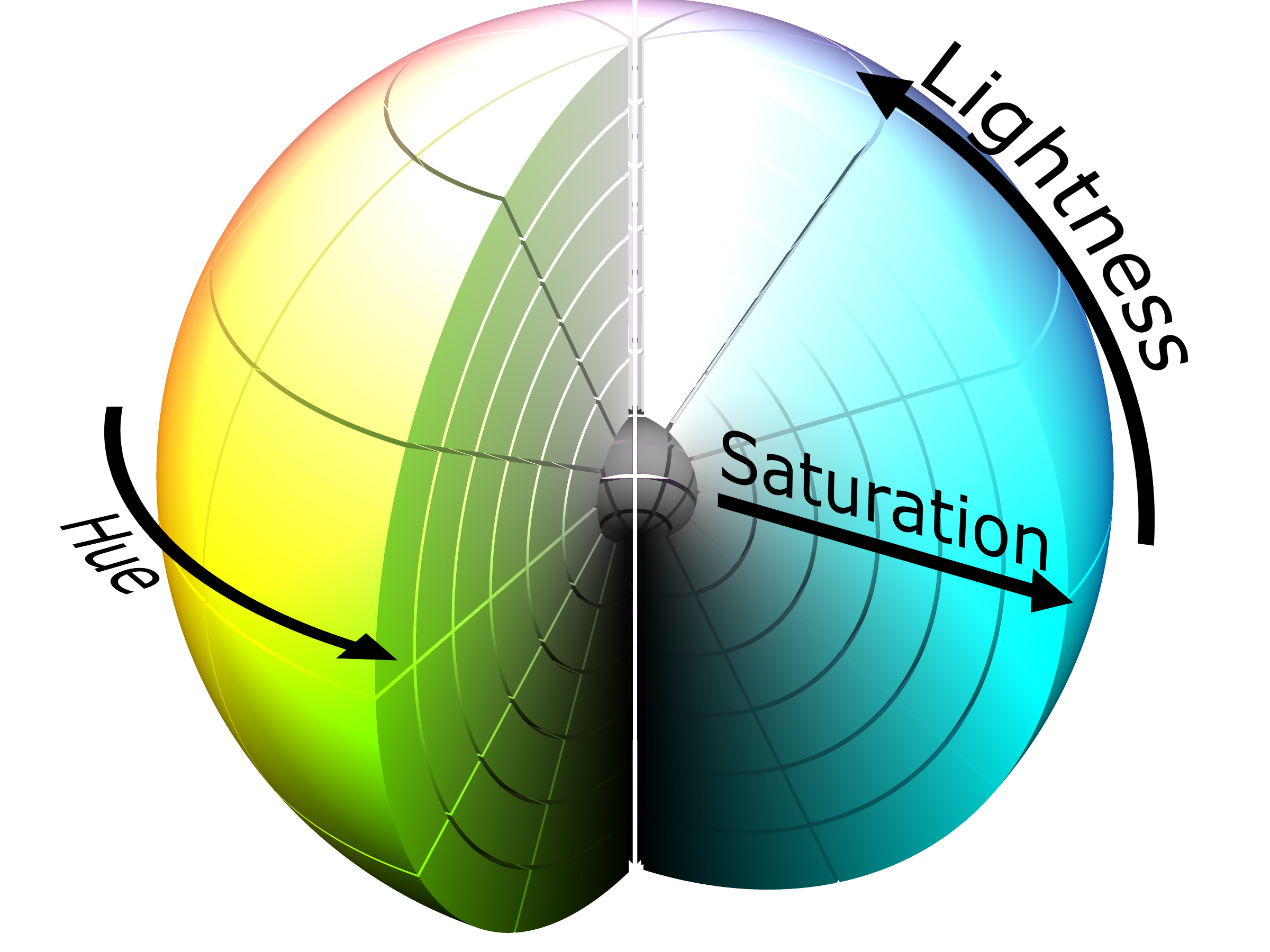However, colors are not perceived in the same way for everyone. To solve this we basically used CIE Standards and Lab/LCh color space. Our first solution was to implement a Fitting Neural Network and use a simple Euclidean Distance to train the network. However this turned to be wrong because Euclidean Distance does not work well when facing some parts of the LCh color space, because it tends to overstimate color differences. To solve this we added a Fuzzy Inference System that does a correction on DE when needed (for example when color is dark, when color is almost purple, and other cases).
To train the network we need a couple of master and copy colors: master ones are provided as project material, but copies must be generated by us. How we generate copies? Our choice is to take the master color spectrum, divide it in some parts, and sum a value for each part, for each element of that part. This choice is justified by how spectrum to perceived color function works. Other details can be found into the main project doc.
10 features (so 10 Input Layer Neurons), 1 Hidden Layer of 8 neurons
R ~= 0.99, mse ~= 0.02
Check the main doc for more detailed results.
